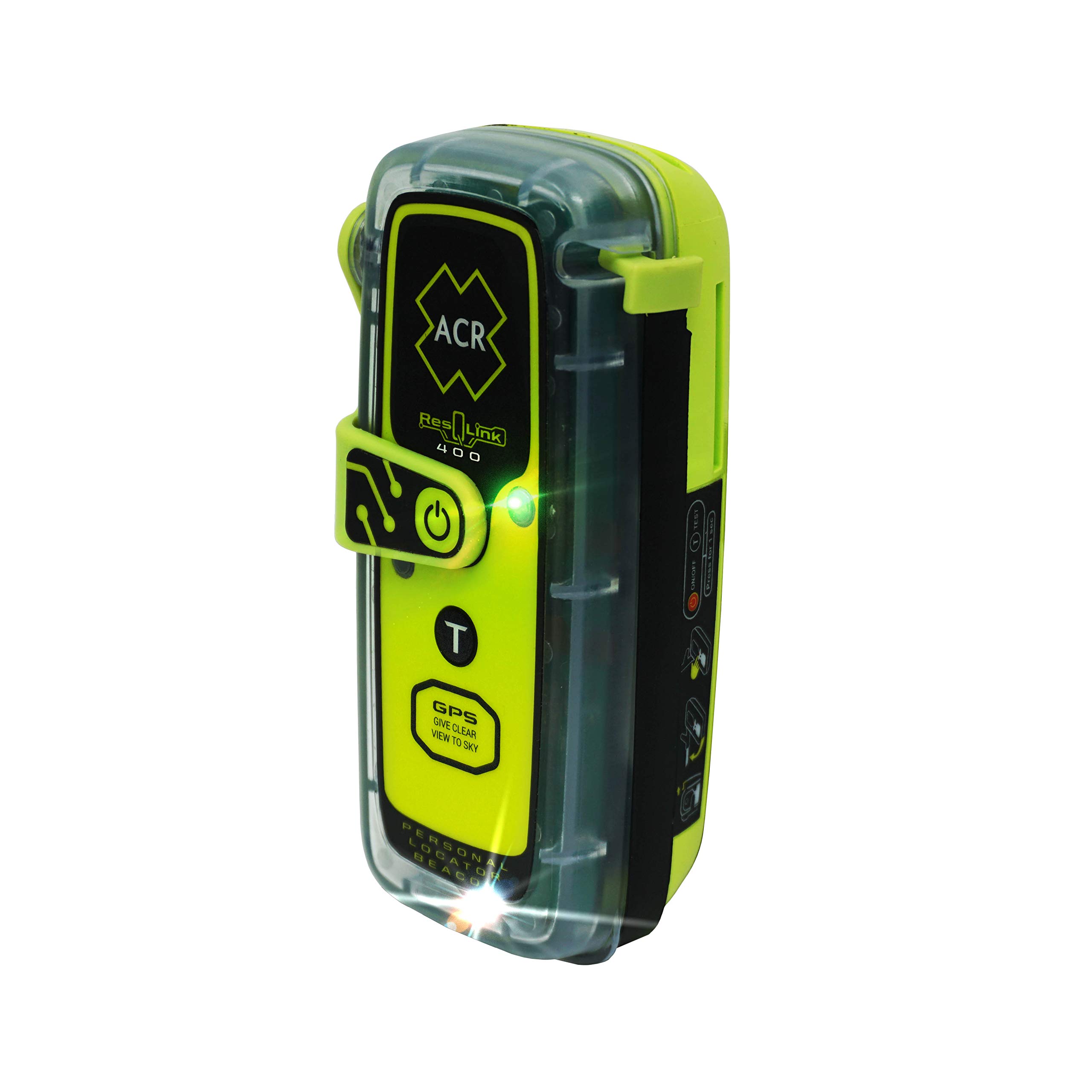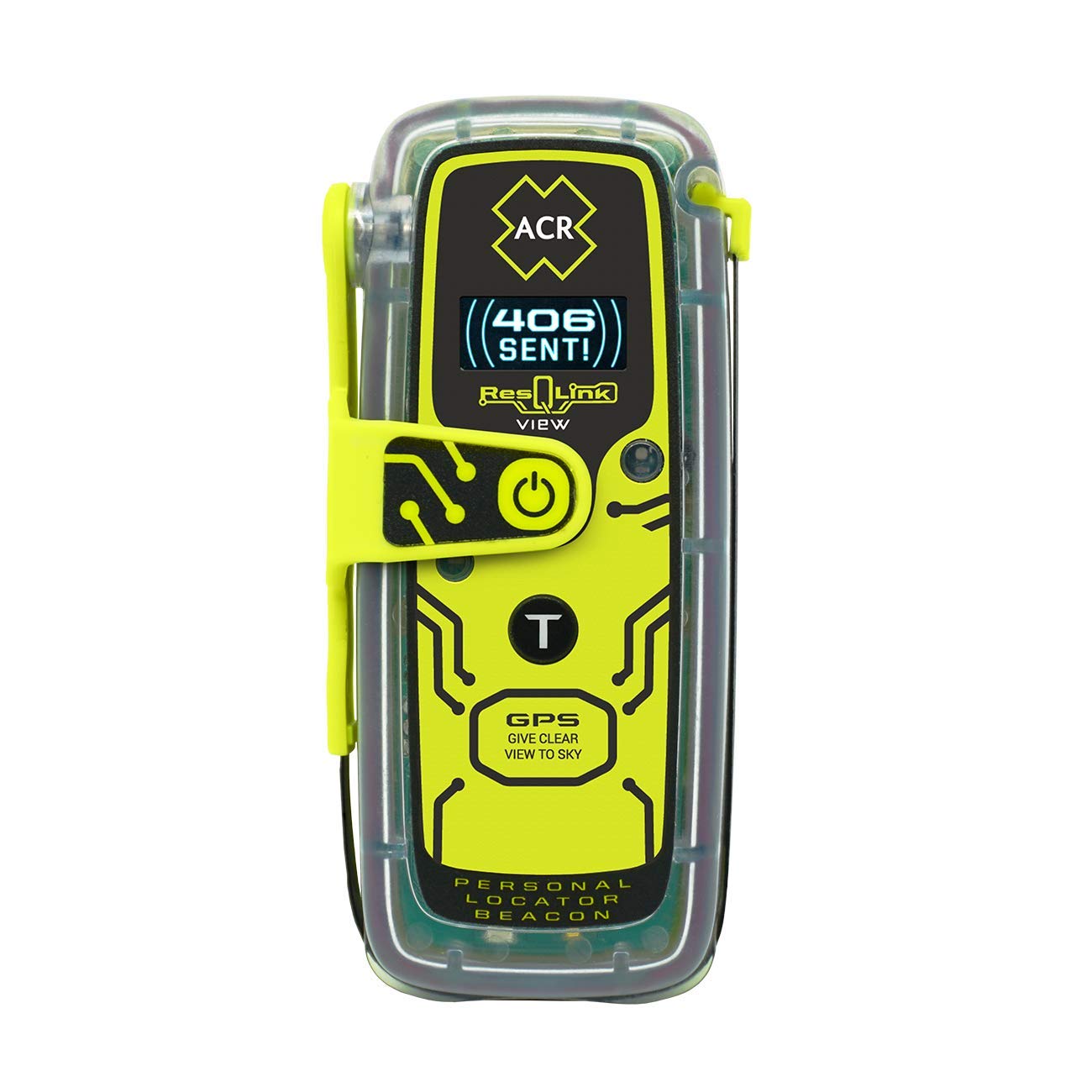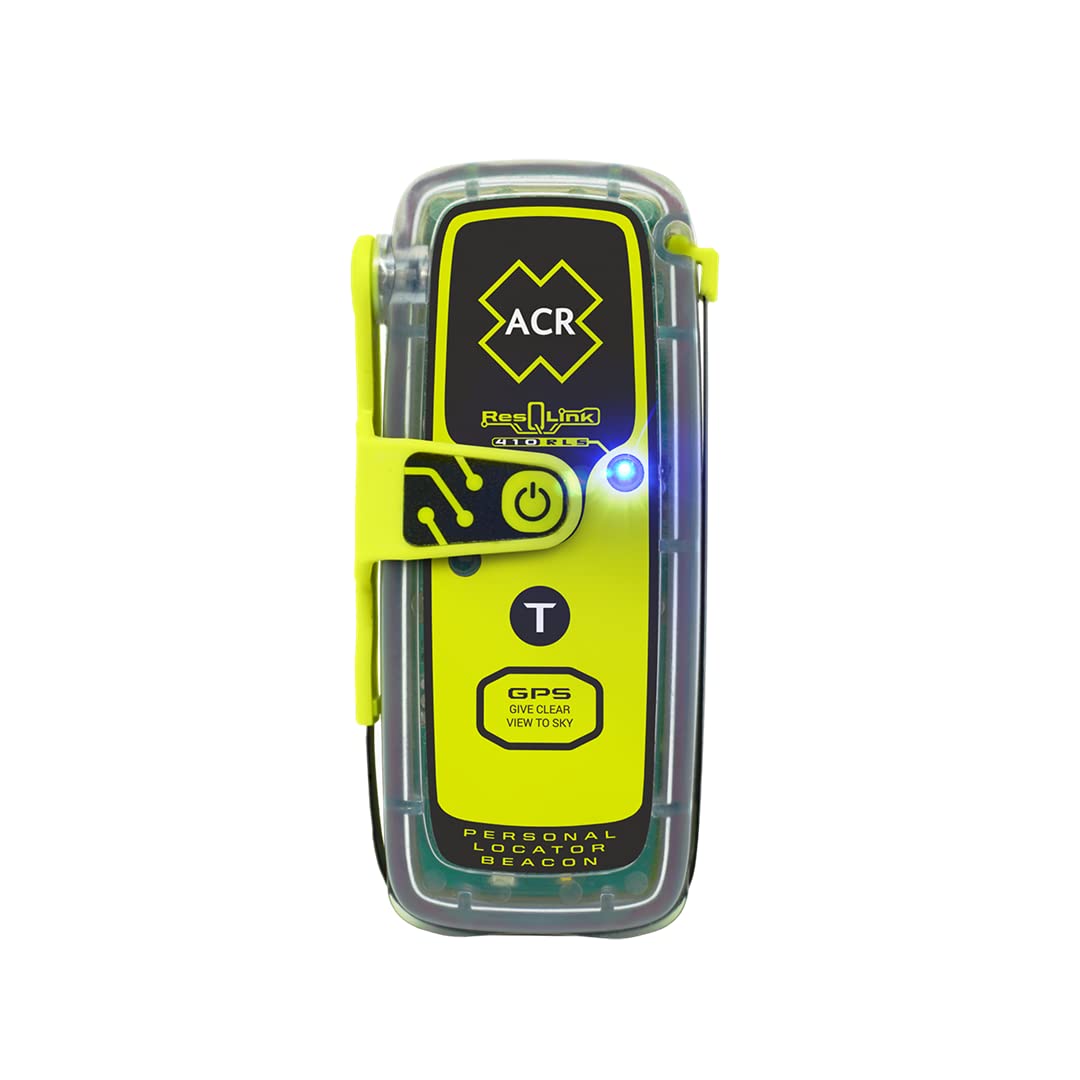Hiking is an exhilarating way to connect with nature and escape the hustle of everyday life.
Whether we’re scaling mountain trails or exploring dense forests, the freedom of the great outdoors comes with its share of risks.
A Personal Locator Beacon (PLB) is an essential safety tool for hikers.
It provides peace of mind by enabling emergency communication in remote areas where cell service is unreliable or nonexistent.
These compact devices can be a literal lifeline, allowing us to signal for help in emergencies, ensuring we can enjoy our adventures with a bit more confidence.
When selecting a Personal Locator Beacon for hiking, it’s important to consider several key factors.
Battery life is crucial because we want a device that will last through multi-day treks without the need for frequent recharging.
We should also pay attention to the device’s weight and size, as we don’t want our safety gear to weigh us down during long hikes.
Additionally, durability and water resistance are vital, ensuring the PLB can withstand rugged conditions.
In this guide, we’ll explore the best Personal Locator Beacons for hiking, focusing on models that strike a balance between reliability, portability, and functionality.
We’ll help you find the right one to keep you safe on your outdoor adventures.
These devices are essential for emergencies, ensuring that help can locate you even in remote areas with no cell service.
In addition to a reliable beacon, carrying one of the best waterproof flashlights for hiking can enhance your safety by providing visibility in low-light conditions.
Choosing the right gear will give you peace of mind and keep you prepared for any situation on the trail.
Best Personal Locator Beacons (PLBs)
When we head out for a hike, safety is always a top priority.
We’ve put together this list of the best personal locator beacons to ensure we’re prepared for any unexpected situations.
Each of these products is designed to provide peace of mind while enjoying the great outdoors.
ACR ResQLink 400
This personal locator beacon is a solid choice for those looking to enhance their safety while hiking.
- No subscription fees required
- Global coverage with robust emergency signal capabilities
- Compact and waterproof design
- Limited battery life; only lasts about 24 hours once activated
- Not a two-way communication device
- Requires manual registration for effective use
With the ACR ResQLink 400, we get a reliable device designed for emergency situations.
It emits a 406 MHz distress signal, ensuring that help can locate us no matter where we are.
The addition of GPS and Galileo GNSS technology further enhances its reliability, making it a dependable choice for our outdoor adventures.
Incorporating a strobe light feature provides added visibility during emergencies.
It’s great to know that this small but mighty beacon can send a homing signal, which can be crucial in critical moments.
Plus, the absence of subscription requirements makes it even more appealing for budget-conscious adventurers like us.
While we appreciate its compact size and lightweight design, it’s essential to note the limited battery life.
We should ensure that it’s only used in dire situations, as it won’t last long once activated.
Ultimately, if we’re looking for a straightforward and effective safety device for hiking, the ACR ResQLink 400 stands out as a strong candidate.
ACR ResQLink View
We believe this device is a solid choice for anyone seeking peace of mind during outdoor adventures.
- Sends an SOS signal directly to Search and Rescue without a subscription.
- Lightweight and buoyant design makes it easy to carry during hikes or boating.
- Allows sending pre-canned messages for non-emergency situations.
- Premium price point may not suit all budgets.
- The battery replacement could be costly.
- Some users may find registration processes cumbersome in certain regions
This personal locator beacon stands out with its robust features, ensuring safety while we navigate through the great outdoors.
The SOS function operates seamlessly through multiple satellite constellations, offering a reliable connection to rescue teams globally.
Durability is a key strength of the ResQLink View.
Its compact and buoyant design allows us to attach it conveniently to various gear without feeling weighed down.
Plus, the bright strobe lights enhance visibility, adding another layer of safety in challenging environments.
On the downside, potential buyers should consider the initial investment versus the ongoing costs for battery replacements.
While the beacon is user-friendly, the registration proof can sometimes lead to confusion if we travel across regions.
Nonetheless, for those who prioritize safety during their adventures, this device proves to be a wise investment.
ACR ResQLink View RLS
This personal locator beacon combines compact design with essential safety features that can be vital for outdoor adventures.
- Lightweight and portable design enhances ease of carry.
- No subscription fees, making it budget-friendly for users.
- Return Link Service allows for confirmation of transmission.
- The optional text back service incurs additional costs.
- Battery life can vary depending on usage.
- Compact size may limit display visibility for some users
The ACR ResQLink View RLS offers a reliable safety solution for hikers and outdoor enthusiasts.
Its built-in buoyancy and lightweight nature mean we can comfortably bring it along without feeling weighed down.
With features like a strobe light and infrared strobe functionality, it increases our chances of being found in an emergency.
This beacon keeps our adventures safer without the burden of ongoing subscription fees.
The five-year battery life gives us peace of mind, assuring us that it will be operational when needed.
Its global coverage means we can confidently explore remote areas, knowing we have a reliable lifeline.
Overall, the ACR ResQLink View RLS stands out as a practical choice for anyone seeking safety during outdoor pursuits.
While there are some additional costs for enhanced features, the basic functionality itself provides enough reassurance for many adventurers.
ACR ResQLink 410 RLS
This compact and efficient beacon is a great choice for hikers and outdoor enthusiasts who prioritize safety without sacrificing portability.
- Impressive global coverage with GPS and Galileo GNSS.
- Long battery life and operational durability.
- Lightweight design with built-in buoyancy for added convenience.
- Some may find it a bit pricey compared to basic models.
- Limited to specific sport types, like hiking and boating.
- Requires users to familiarize themselves with its multiple features
The ACR ResQLink 410 RLS stands out due to its Return Link Service (RLS), enhancing communication with rescuers.
This feature gives users peace of mind knowing that they can receive confirmation once help is on the way.
Its robust battery life allows for over 24 hours of operation, making it reliable for extended trips.
The beacon is compact and lightweight, fitting snugly in our packs without adding significant weight.
Its built-in buoyancy ensures it won’t sink in water, which is an added advantage for those involved in boating activities.
We appreciate the multifunction clip system that allows for various attachment options.
This way, we can easily keep the device accessible while hiking.
The OLED display offers clear visibility, allowing quick checks of functionality.
Buying Guide
When we’re looking for the best Personal Locator Beacons (PLBs) for hiking, several key features come into play.
Key Features to Consider
- Signal Strength: A strong signal is crucial. We want our beacon to reach emergency services effectively.
- Battery Life: Longer battery life means reliability. We should opt for PLBs that can last for extended periods without needing a charge.
- Durability: Hiking often means exposure to tough conditions. A rugged, waterproof design protects the device from the elements.
- Ease of Use: Simple operation is essential, especially in emergencies. We prefer PLBs with intuitive buttons and clear instructions.
Additional Considerations
| Feature | Description |
|---|---|
| Weight | Lightweight models are easier to carry. |
| Registration | Some require registration for better service. |
| Coverage Area | Check the areas where the beacon functions best. |
Our Recommendations
When choosing a PLB, we should consider:
- Price: Set a budget but balance cost with necessary features.
- User Reviews: Insights from other hikers can guide our choices.
Being informed helps us make the best decision that fits our hiking needs.
Frequently Asked Questions
We often encounter questions about Personal Locator Beacons (PLBs) when discussing their use for hiking.
Here are the common inquiries and their answers.
What features should I look for in a Personal Locator Beacon for hiking?
When choosing a PLB, we should consider key features like waterproofing, durability, and battery life.
A reliable connection to satellites is essential for effective communication.
Additionally, an easy-to-use activation mechanism can make a difference in emergencies.
How do Personal Locator Beacons work in search and rescue scenarios?
PLBs operate by sending a distress signal to satellites, which relay our location to rescue services.
Once activated, they typically transmit our location coordinates alongside a unique identifier.
This process helps rescuers locate us quickly and efficiently.
Are there any reliable PLBs available with no subscription fees?
Yes, several PLBs operate without ongoing subscription fees.
These devices typically rely on government satellite systems like Cospas-Sarsat to send distress signals.
Examples include models from brands like ACR and Garmin, which offer one-time purchases and no recurring costs.
Can you recommend a Personal Locator Beacon that’s also suitable for marine use?
The ACR ResQLink View is a solid choice for both hiking and marine use.
It’s compact, floats, and has a built-in strobe light, making it effective in various environments.
Its GPS functionality ensures that we can be located in both land and water scenarios.
What’s the difference between a satellite messenger and a PLB for outdoor adventures?
A key distinction lies in functionality.
PLBs are for emergencies only, providing a distress signal to authorities.
In contrast, satellite messengers often offer two-way communication, allowing us to send messages to friends or family while also having emergency features.
Is it necessary to carry a PLB on shorter hikes, or is it just for more remote treks?
PLBs are essential for remote hikes, but they can also be beneficial on shorter outings.
Accidents can happen anywhere, and carrying a PLB gives us a safety net, especially if we venture into less familiar areas.





